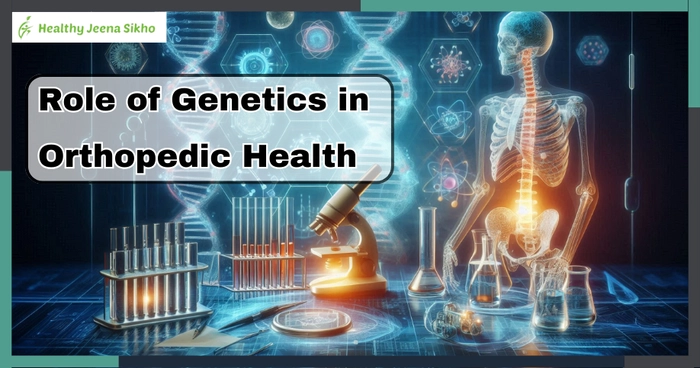Orthopaedic health is shaped by various factors, including genetics. Many common and rare orthopedic conditions are inherited, and influenced by genetic mutations that affect bone, muscle, and connective tissue development. Understanding these genetic factors can help in diagnosing, managing, and potentially preventing certain conditions, thus improving patient outcomes.
1. Genetic Influence on Bone and Joint Health
Research indicates that a significant portion of bone health, including bone density and strength, is inherited. Studies show that variations in bone mineral density (BMD) can be up to 70% attributable to genetic factors. Conditions such as osteoporosis, which primarily affects post-menopausal women, often have a hereditary component linked to genes regulating bone metabolism and turnover.
2. Inherited Skeletal Disorders
Several skeletal disorders are directly caused by genetic mutations. Some prominent examples include:
-
Osteogenesis Imperfecta (OI): This is a group of disorders characterized by brittle bones due to mutations in collagen-producing genes (COL1A1 and COL1A2). Severity varies from mild to life-threatening.
-
Achondroplasia: A common cause of dwarfism, this condition results from a mutation in the FGFR3 gene, which affects bone growth and leads to shortened limbs.
-
Ehlers-Danlos Syndrome (EDS): This is a connective tissue disorder that results in hypermobility, fragile skin, and joint instability, linked to collagen gene mutations.
3. Genetic Conditions Affecting Muscles and Ligaments
Musculoskeletal health is not just limited to bones. Genetic mutations can also impact muscles and ligaments, leading to conditions like:
-
Duchenne Muscular Dystrophy (DMD): This is a severe X-linked disorder caused by mutations in the dystrophin gene, leading to progressive muscle weakness. DMD primarily affects boys and results in significant orthopaedic complications.
-
Charcot-Marie-Tooth Disease: This genetic disorder affects peripheral nerves, leading to muscle weakness and deformities in the feet and legs. The condition is often diagnosed by an orthopaedic surgeon due to foot abnormalities.
4. Genetic Screening and Treatment Approaches
Advances in genetic testing have made it easier to identify inherited orthopaedic conditions early. For example, genetic testing for mutations in collagen-related genes can help in diagnosing conditions like Osteogenesis Imperfecta or Stickler Syndrome. Early diagnosis allows for proactive management strategies, including physiotherapy, surgical interventions, or lifestyle modifications, depending on the severity of the condition.
5. Future of Orthopedics and Genetics
The integration of molecular genetics into orthopaedic research promises better patient outcomes. Understanding the genetic basis of orthopaedic diseases can lead to personalized treatment plans, including gene therapy and targeted medications. As our knowledge of the genetic mechanisms behind these conditions grows, we may eventually be able to intervene before significant symptoms or complications arise.
Conclusion
The role of genetics in orthopaedic health is substantial, with many conditions stemming from inherited mutations that affect bone, muscle, and connective tissue integrity. Through genetic research and advanced screening, the orthopaedic field is moving towards more personalized care, aiming to improve patient quality of life by addressing these conditions early and effectively.

